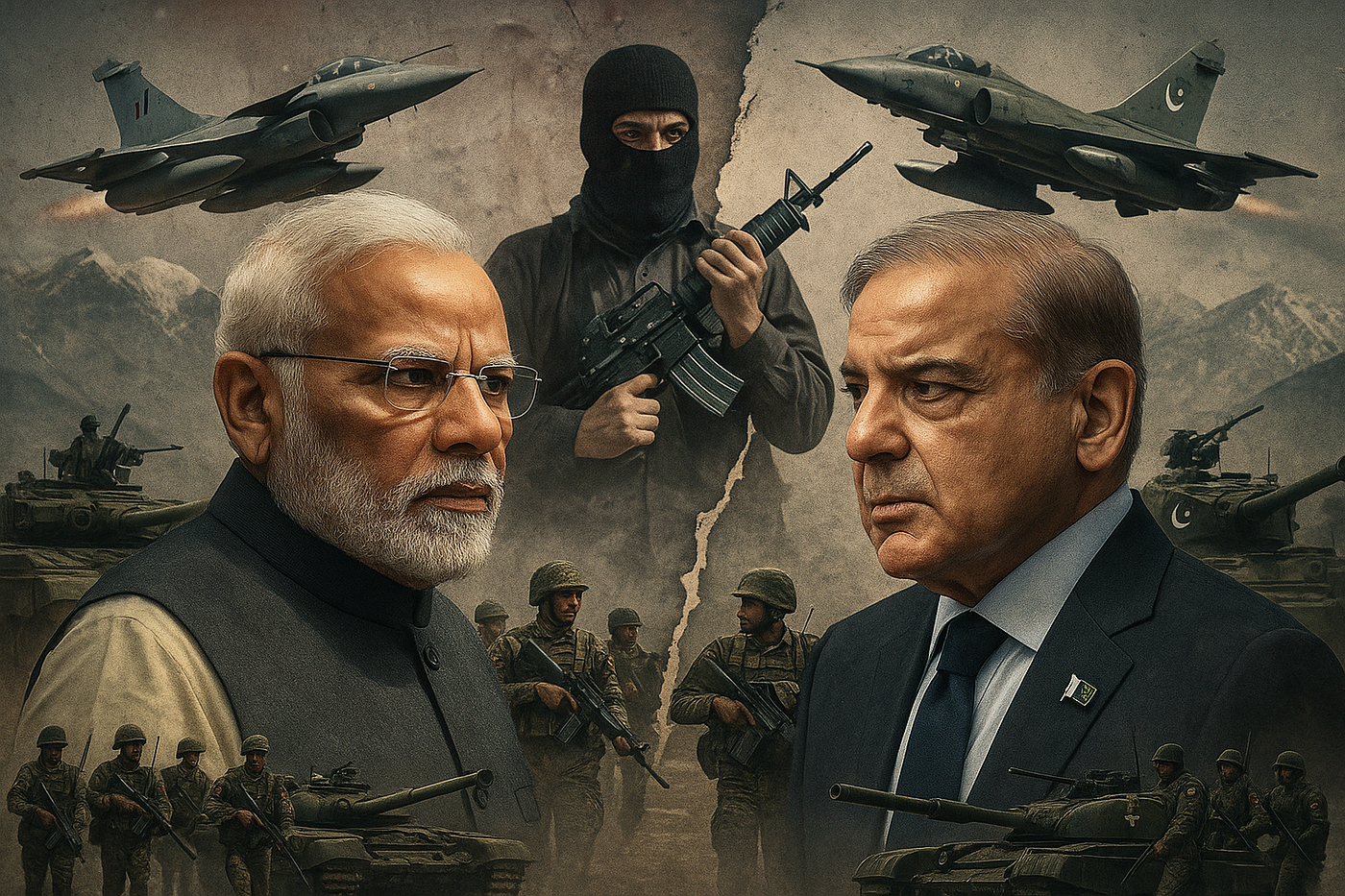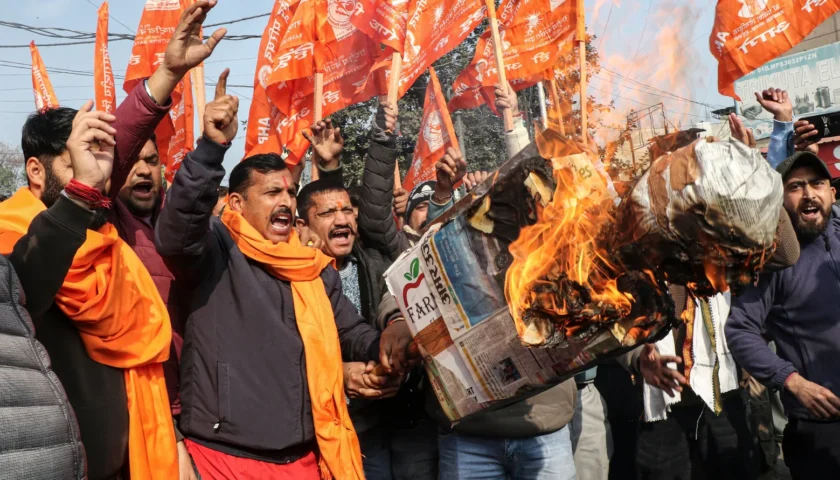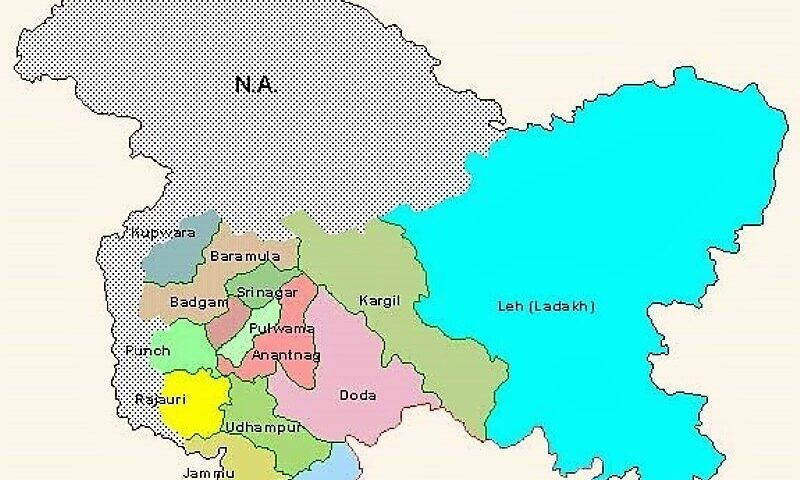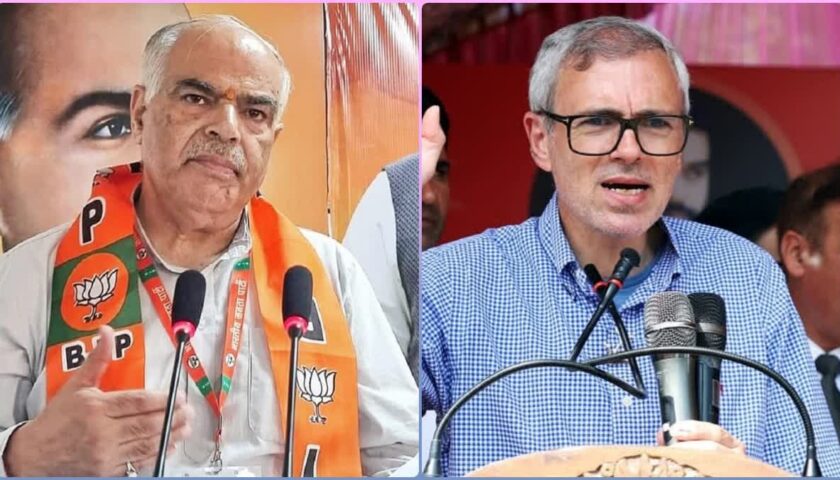Four Days That Took India and Pakistan to the Brink
Srinagar May 18, 2025 – The world watched in alarm as India and Pakistan, two nuclear-armed neighbors, engaged in four days of intense military hostilities over Kashmir. The crisis, triggered by a deadly militant attack in Pahalgam, escalated into missile strikes, drone warfare, and artillery exchanges, pushing both nations to the edge of full-scale conflict.
A fragile ceasefire, reportedly mediated by the U.S., UK, and Saudi Arabia, halted the immediate crisis, but tensions remain high. This article provides a detailed breakdown of the events, the diplomatic maneuvers, and the geopolitical implications of the latest India-Pakistan standoff.
How Did the Conflict Begin?
The crisis erupted on April 22, 2025, when gunmen attacked a tourist site in Pahalgam, killing 26 civilians, mostly Indian tourists. The attack was claimed by a little-known militant group, The Resistance Front (TRF), which India accuses Pakistan of backing.
India’s Immediate Response
- Suspended the Indus Waters Treaty (IWT) with Pakistan.
- Closed the Attari border check post and expelled Pakistani diplomats.
- Ordered Pakistani nationals in India to leave within 48 hours.
- Launched airstrikes on suspected militant bases in Pakistan-administered Kashmir.
Pakistan’s Countermeasures
- Denied involvement in the attack and called for an international investigation.
- Declared India’s airstrikes an “act of war” and closed its airspace to Indian flights.
- Suspended trade agreements and expelled Indian diplomats.
- Launched retaliatory missile strikes on Indian military bases.
Four Days of Escalation: A Timeline of Military Strikes
May 7: India’s Airstrikes on Pakistan
India launched precision airstrikes on suspected terror infrastructure in Pakistan-administered Kashmir and Pakistan’s Punjab province. The strikes targeted:
- Bilal Mosque in Muzaffarabad, which India claims was a militant camp.
- Three suspected terror training centers near Rawalpindi.
- A weapons storage facility in Pakistan’s Punjab province.
Pakistan denied the existence of militant camps at these locations and vowed retaliation.
May 8-9: Pakistan’s Missile & Drone Attacks
Pakistan responded with missile and drone strikes on Indian military bases, targeting:
- Indian airbases in Jammu, Amritsar, and Srinagar.
- Army installations near Poonch and Rajouri.
- Civilian areas in Indian-administered Kashmir, leading to casualties.
India retaliated with counterstrikes, escalating the conflict further.
May 10: Full-Blown Military Engagement
Both nations exchanged missile strikes on each other’s airbases, raising fears of a full-scale war.
- India targeted three Pakistani airbases, including one in Rawalpindi.
- Pakistan launched missiles at Indian military installations, striking at least four facilities.
May 11: Ceasefire Announced
A ceasefire was brokered by the U.S., UK, and Saudi Arabia, halting immediate hostilities. However, both sides accused each other of violations, underscoring the fragility of the truce.
Global Mediation & Diplomatic Fallout
U.S. Intervention & Trump’s Controversial Claim
Former U.S. President Donald Trump claimed credit for brokering the ceasefire, stating:
- “We stopped a nuclear conflict. Millions could have died.”
- “Trade leverage played a role in defusing tensions.”
India strongly rejected Trump’s claims, emphasizing that the ceasefire was a bilateral decision without external mediation.
Pakistan’s Stance
Islamabad welcomed Trump’s claim, stating that U.S. intervention helped de-escalate tensions. Analysts suggest that Pakistan sought American involvement to secure a diplomatic exit from the conflict.
Strategic Implications for U.S.-India Relations
- India-U.S. Trade Talks – India remains cautious as it negotiates a trade deal with Washington.
- Geopolitical Sensitivities – Trump’s remarks contradict India’s long-standing policy of rejecting third-party mediation.
- Domestic Political Impact – Opposition parties in India demand clarity on whether New Delhi’s stance on foreign mediation has shifted.
Casualties & Damage Assessment
- Indian-administered Kashmir – At least 16 civilians killed.
- Pakistan-administered Kashmir – Pakistan claims 40 civilian deaths, though exact numbers remain unclear.
- Military Losses – Both sides suffered significant damage to infrastructure.
Future Outlook: Will Peace Hold?
While the ceasefire has halted immediate hostilities, experts warn that tensions remain high, and another flare-up is possible if diplomatic efforts fail.
Potential Developments:
- Stronger Counterterrorism Measures – Increased SIA raids and intelligence operations.
- Judicial Review of PSA Cases – Possible legal reforms to address human rights concerns.
- Public Awareness Campaigns – Efforts to prevent youth radicalization through education.




